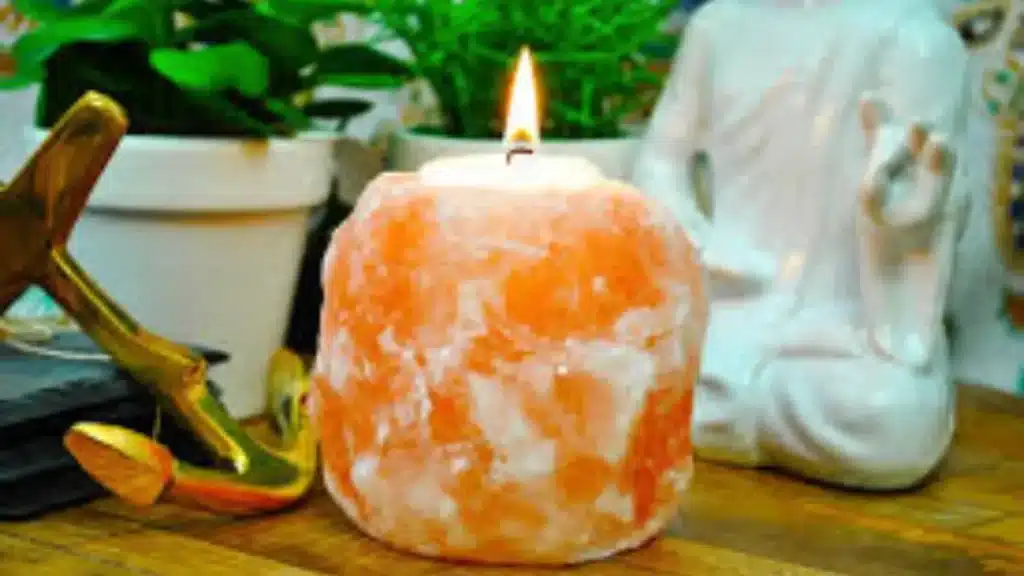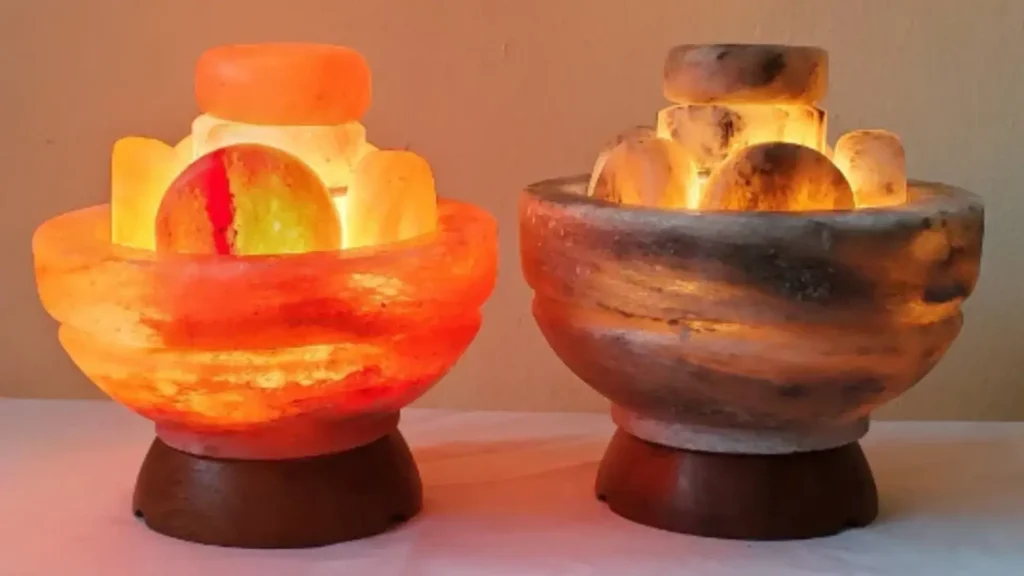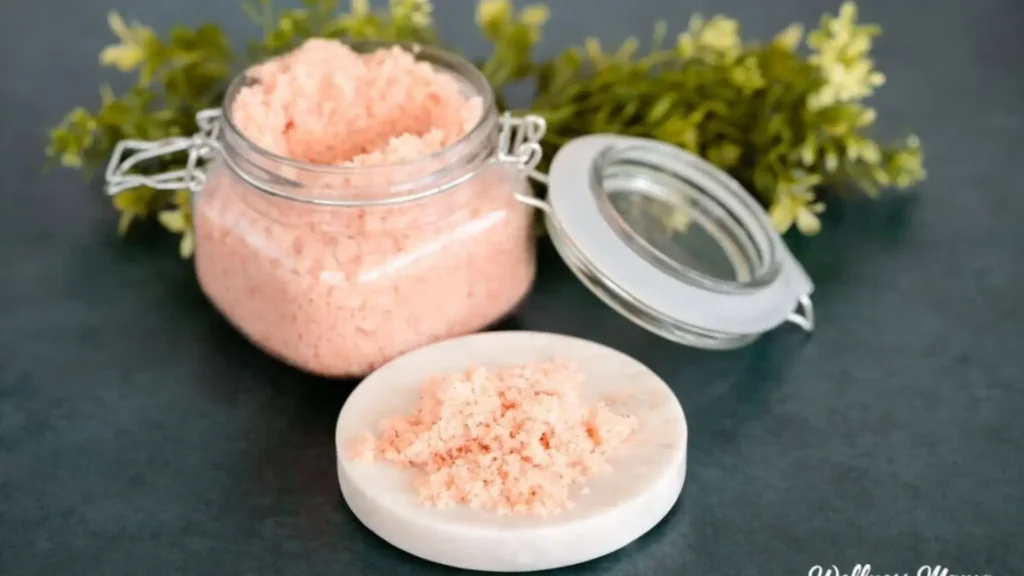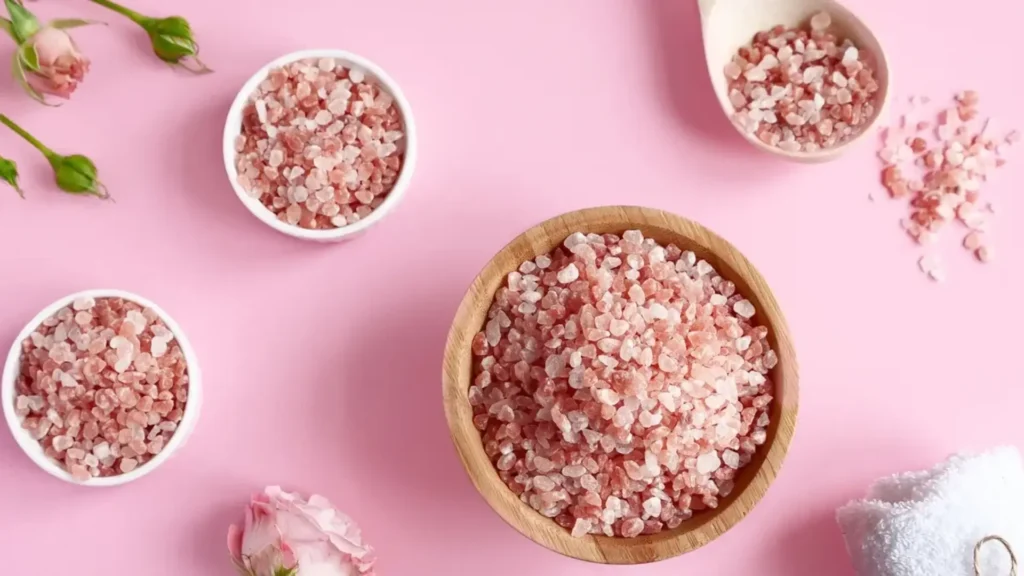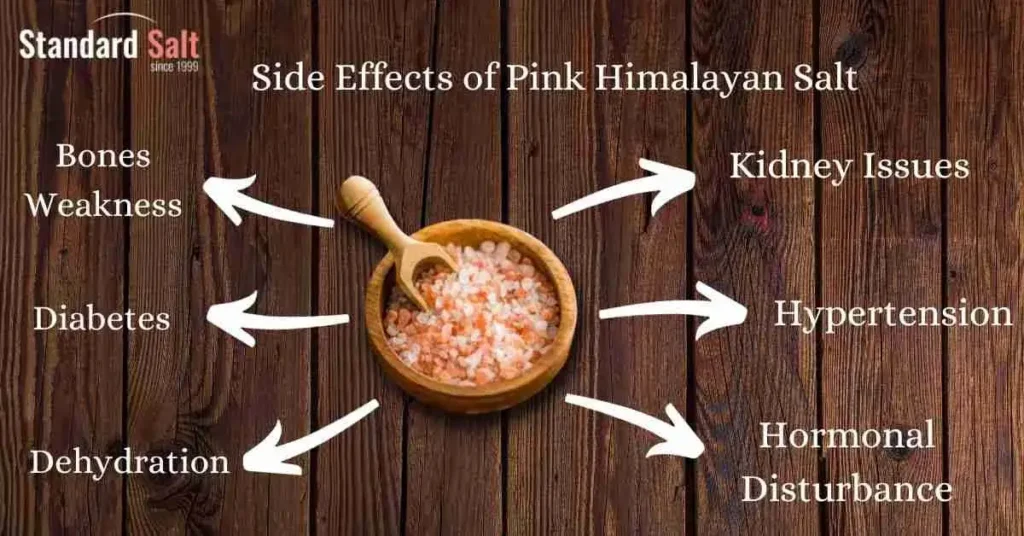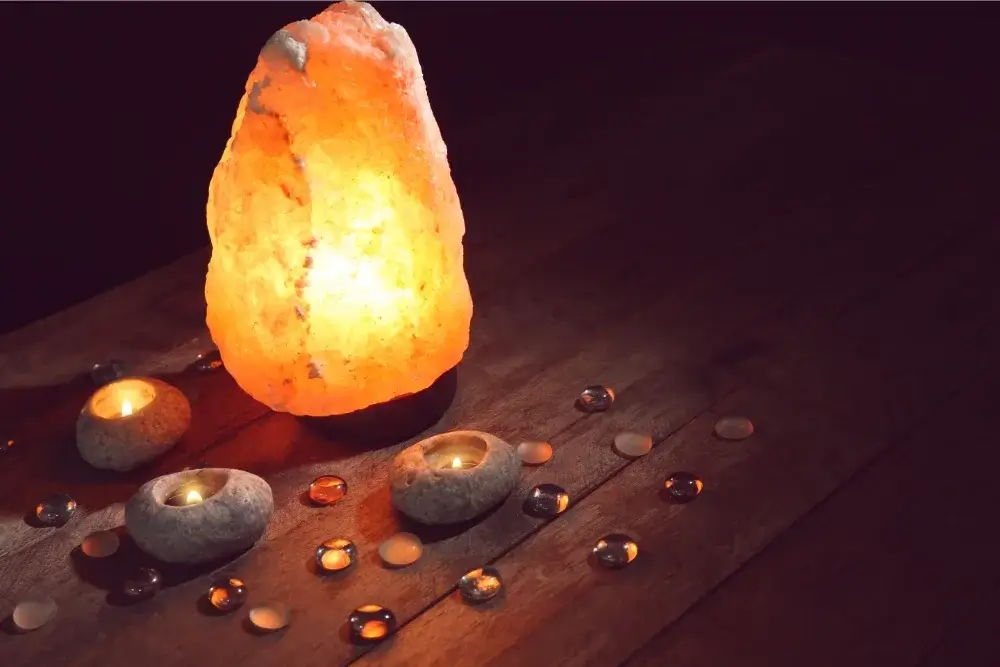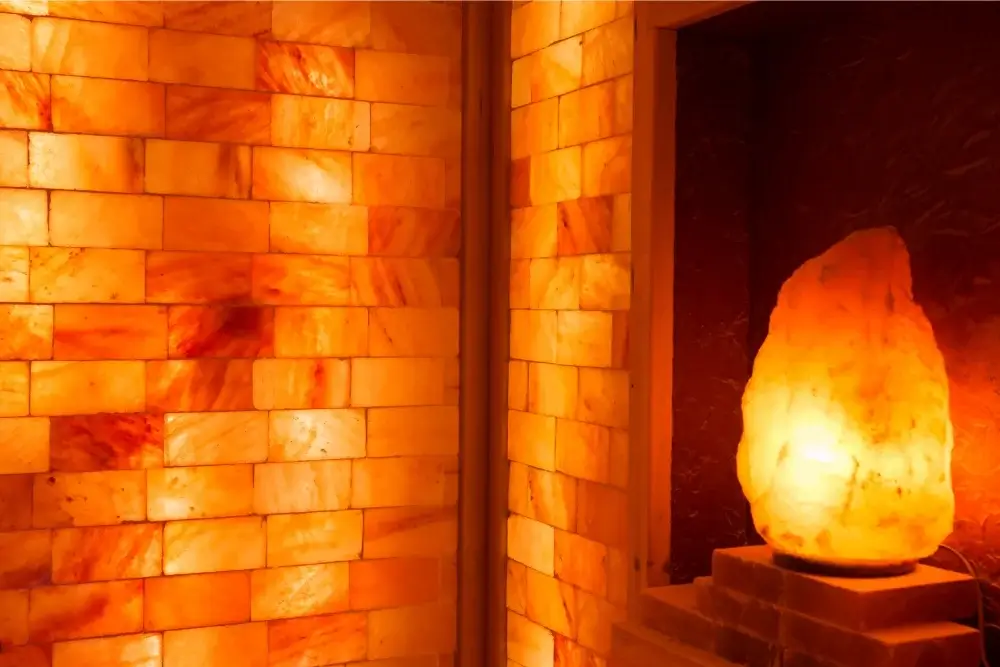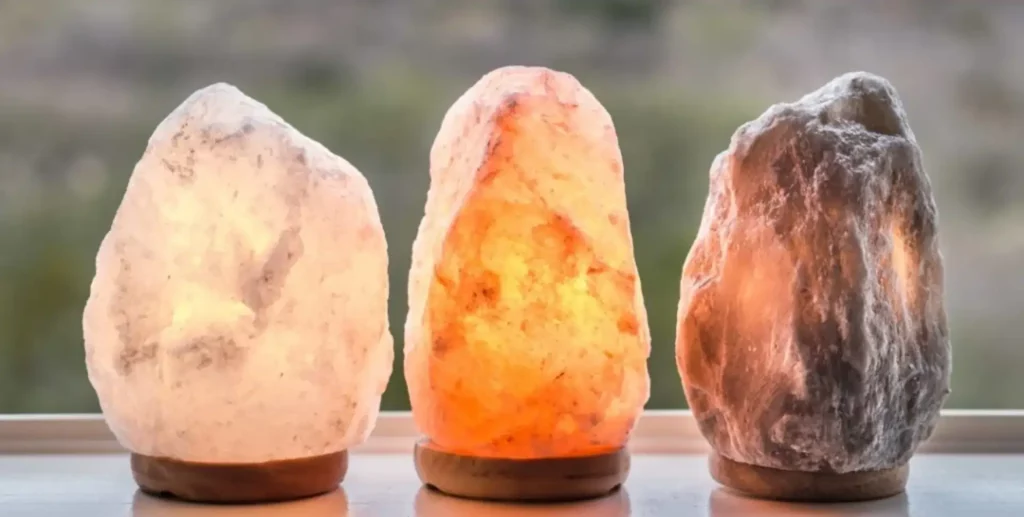Tips For Himalayan Salt Candle Holders
Illuminate Your Space Unique Tips For Himalayan Salt Candle Holders Himalayan salt candle holders are more than just decorative pieces; they embody a unique blend of beauty and wellness. Did you know that these stunning holders can purify the air while creating a warm, inviting atmosphere? Let’s delve into the world of Himalayan salt candle holders, exploring their benefits, care tips, and creative placement ideas. Table of Contents The Allure of Himalayan Salt Candle Holders Himalayan salt, renowned for its striking pink hue, is not only visually appealing but also carries numerous health benefits. These candle holders are crafted from natural salt crystals, which are known to emit negative ions when heated. This process can help neutralize the positive ions produced by electronic devices, contributing to a healthier indoor environment. How Do Himalayan Salt Candle Holders Work? When a candle is lit inside a Himalayan salt holder, the heat causes the salt to warm up, releasing negative ions into the air. This interaction can lead to improved air quality by reducing allergens and pollutants. Additionally, the soft glow emitted by the candle creates a serene ambiance, perfect for relaxation or meditation. Also Check This: Himalayan white salt candle holder-manufacturer Creative Ideas for Using Himalayan Salt Candle Holders Transformative Placement Tips The placement of your Himalayan salt candle holder can significantly enhance its aesthetic and functional benefits. Here are some thoughtful ideas: Living Room Centerpiece: Position a larger salt candle holder on your coffee table to serve as a focal point. Pair it with a few smaller holders to create a cohesive look. Bedside Serenity: A small salt candle holder on your nightstand can provide a calming light before sleep, promoting relaxation and better rest. Bathroom Retreat: Use a salt candle holder in your bathroom to create a spa-like atmosphere. Just ensure it’s placed away from excessive moisture to prevent damage. Selecting the Perfect Himalayan Salt Candle Holder When choosing a Himalayan salt candle holder, consider the following factors: Quality Matters Opt for holders made from 100% pure Himalayan salt. Hand-carved pieces are often of higher quality and showcase unique natural patterns. Shape and Size Himalayan salt candle holders come in various shapes, from traditional round to modern geometric designs. Choose a shape that complements your decor style. Larger holders can serve as statement pieces, while smaller ones can be grouped for visual interest. Color Variations The color of Himalayan salt can range from pale pink to deep orange. Select a hue that harmonizes with your existing decor. Lighter shades can brighten up a space, while darker shades add warmth. Caring for Your Himalayan Salt Candle Holder To maintain the beauty and functionality of your Himalayan salt candle holder, follow these essential care tips: Keep It Dry Himalayan salt is hygroscopic, meaning it attracts moisture. To prevent sweating or cracking, keep your holder in a dry area, away from high humidity. Regular Cleaning Dust can accumulate on the surface of your candle holder, diminishing its aesthetic appeal. Use a soft, dry cloth to wipe it down regularly. For stubborn stains, a slightly damp cloth can be used, but ensure it’s dried thoroughly afterward. Use Quality Candles For the best results, use non-toxic, unscented candles. Trim the wick to about 1/4 inch before lighting to ensure an even burn. Replace Candles Promptly When a candle burns out, replace it quickly to prevent moisture absorption. Leaving an empty holder for too long can lead to deterioration. The Benefits of Himalayan Salt Candle Holders In addition to their aesthetic appeal, Himalayan salt candle holders offer several health benefits: Air Purification: They help reduce airborne allergens and pollutants, promoting better respiratory health. Mood Enhancement: The warm glow and negative ions can improve mood and reduce stress, making them ideal for meditation or relaxation areas. Unique Decor: Each holder is unique, adding a touch of natural beauty to your home. Conclusion Himalayan salt candle holders are a delightful addition to any space, combining beauty, wellness, and functionality. By following the tips outlined above, you can create a serene atmosphere that enhances your home while reaping the health benefits of these stunning pieces. Share This Post Article By Zayan Rauf Zayan Rauf is a dedicated writer with a passion for natural wellness and Himalayan salt products. With a strong interest in holistic living and sustainable sourcing, he shares valuable knowledge on how salt-based solutions can improve everyday life. At Sobaan Salts, Zayan is committed to helping readers discover the many benefits of mineral-rich products through clear, well-researched content. our latest posts What Does Salt Do In Baking? What Is Chinen Salt? How To Use Salt For Food Preservation Benefits of Animal Salt Lick
Tips For Himalayan Salt Candle Holders Read More »

